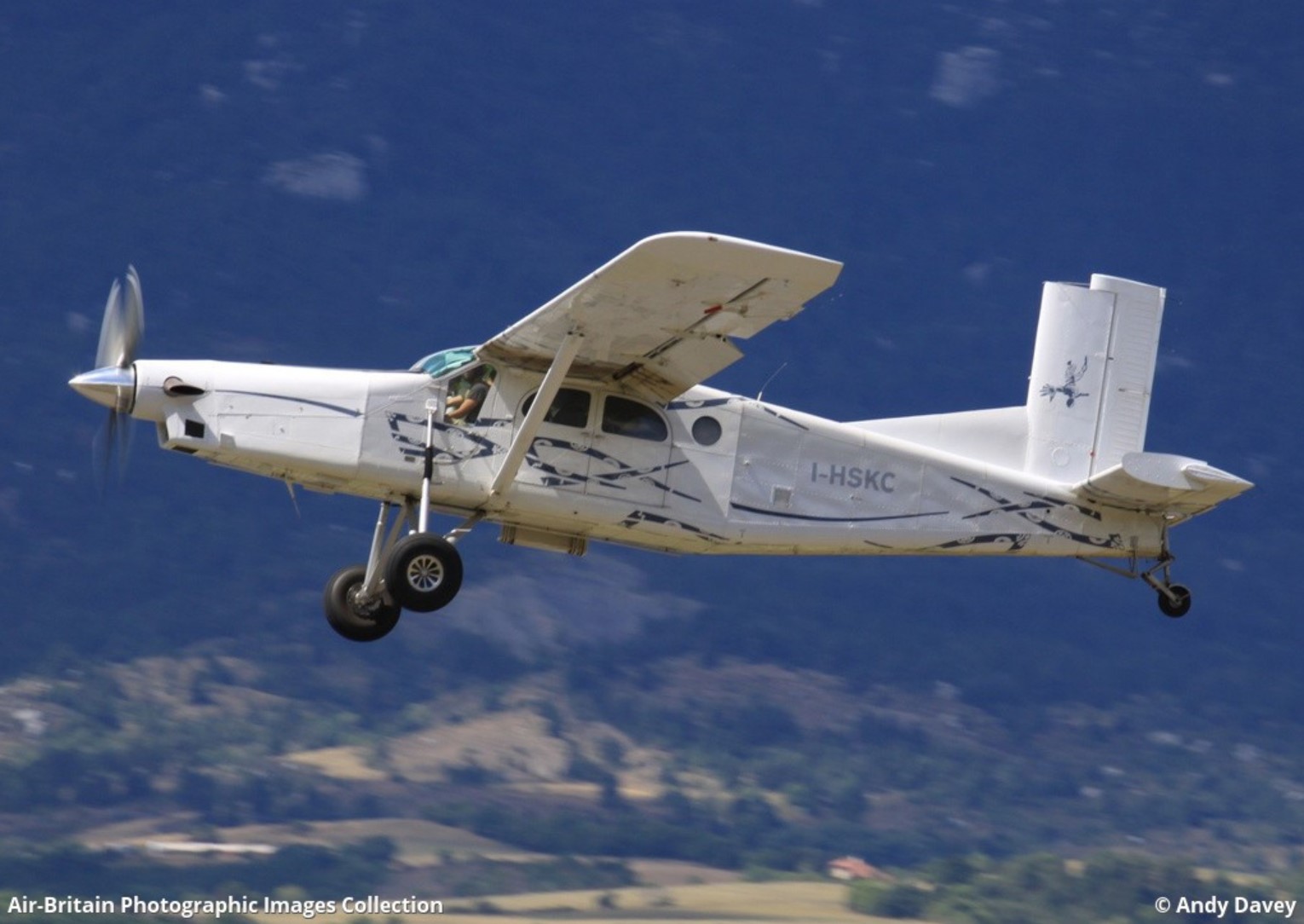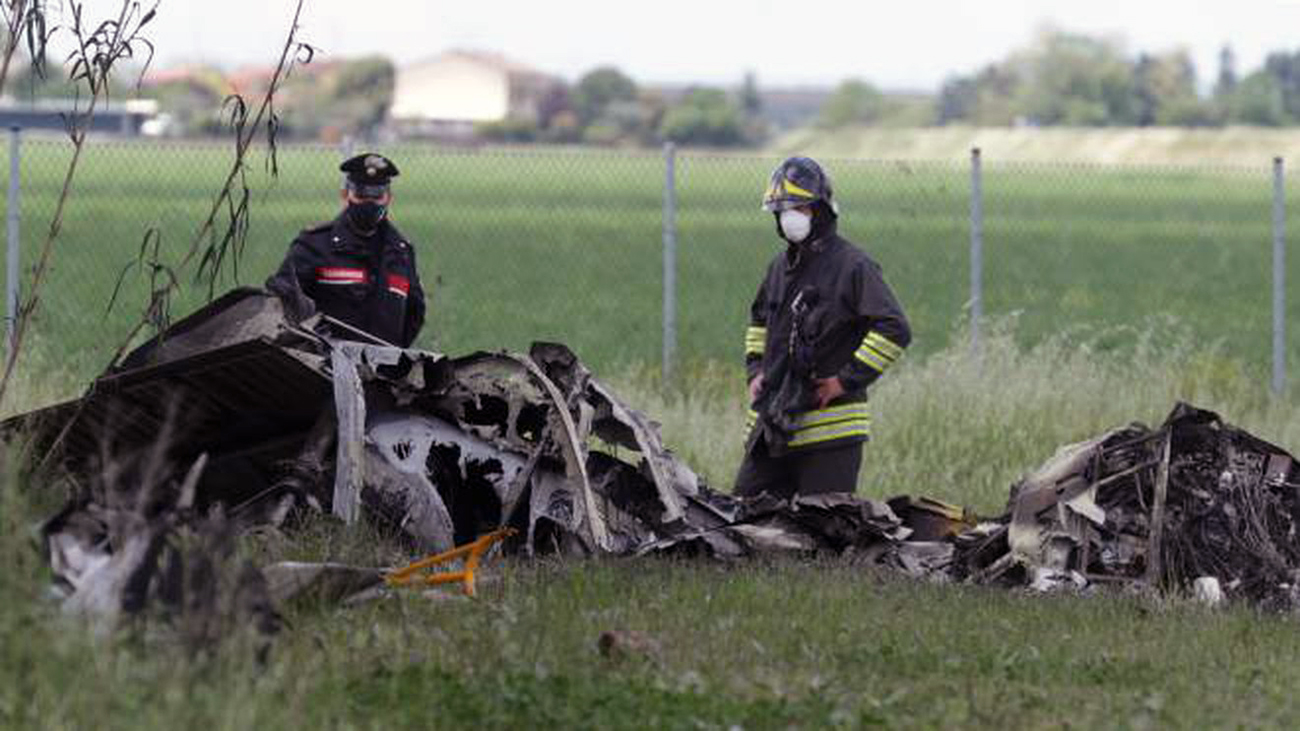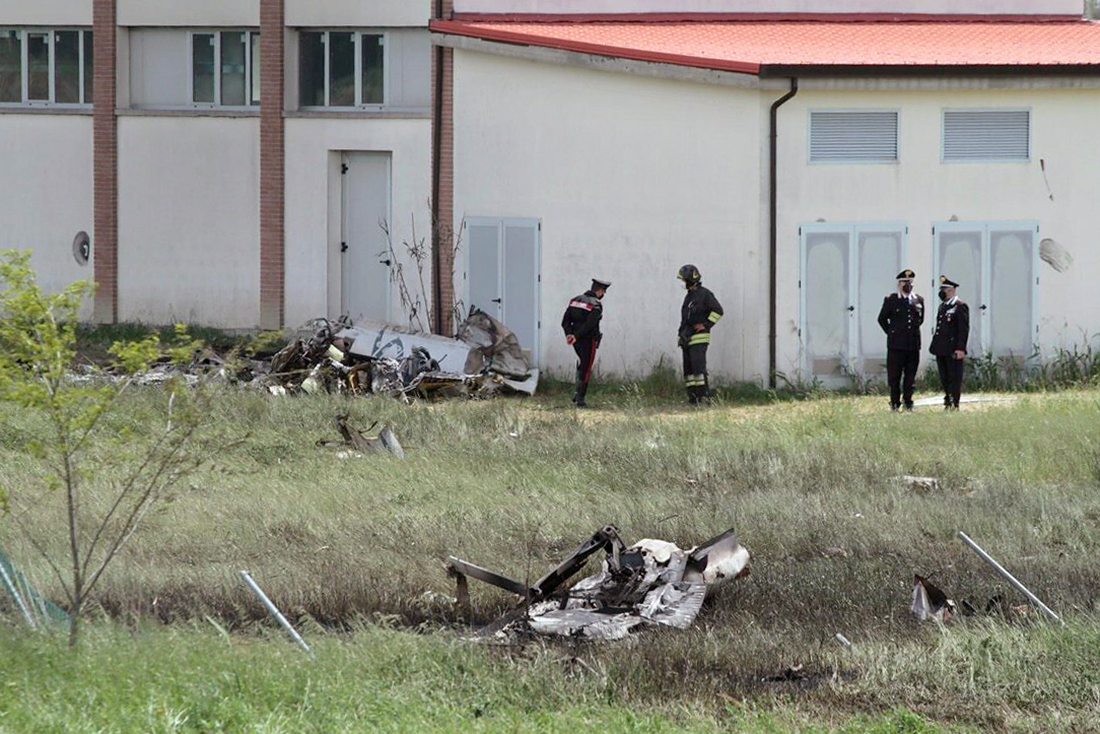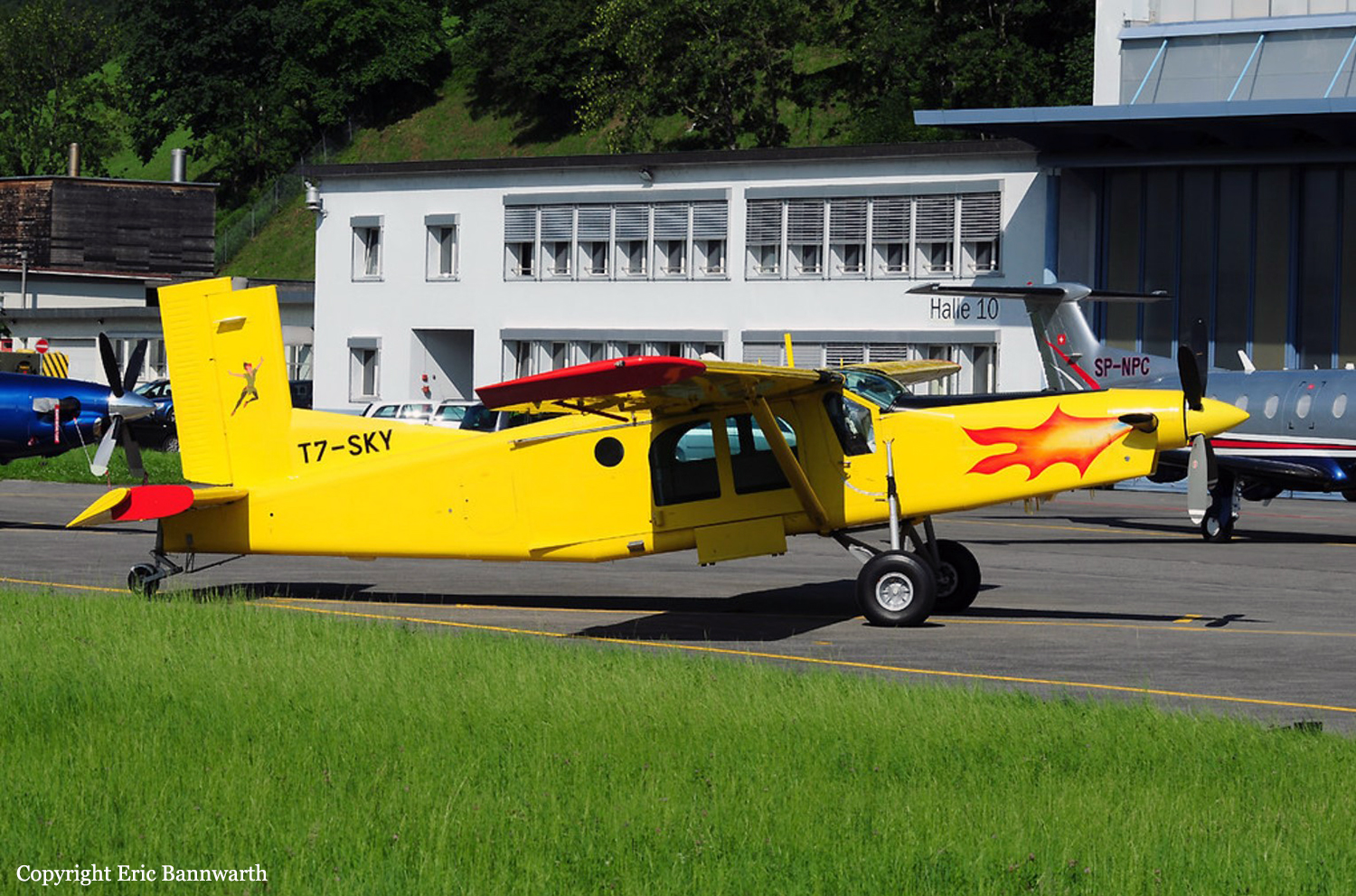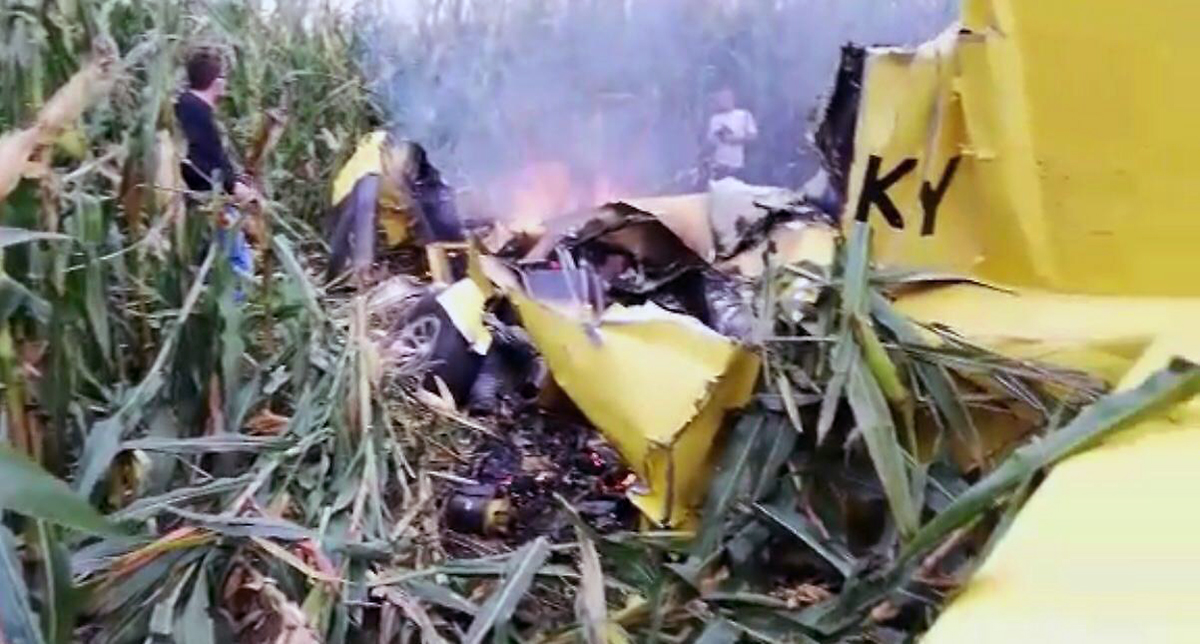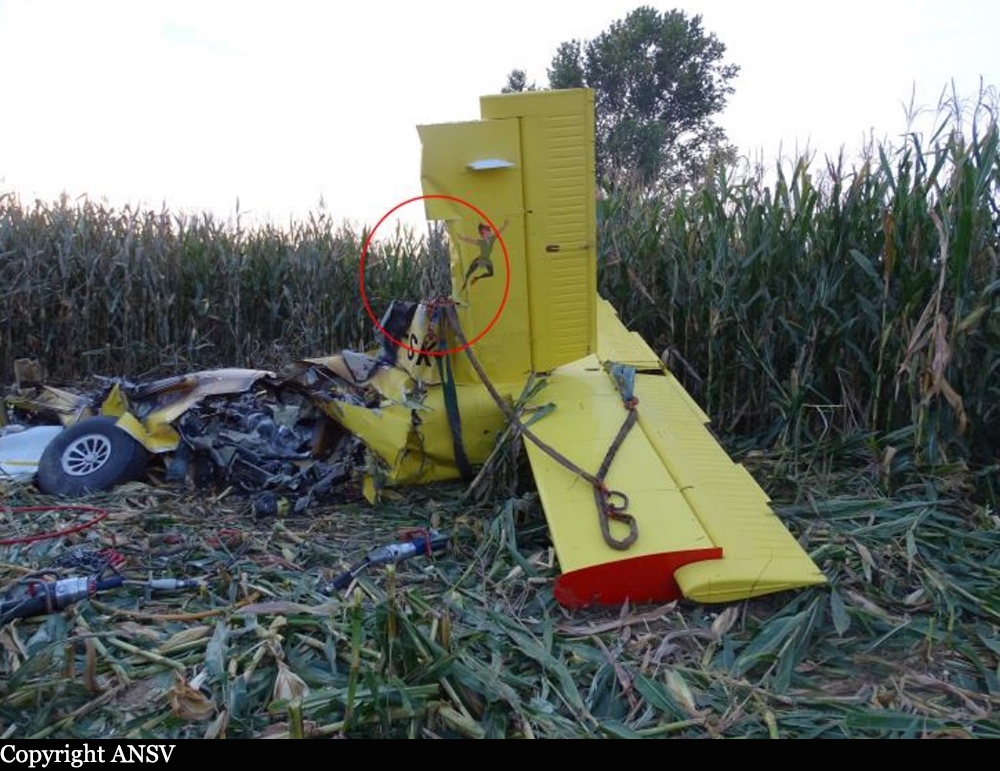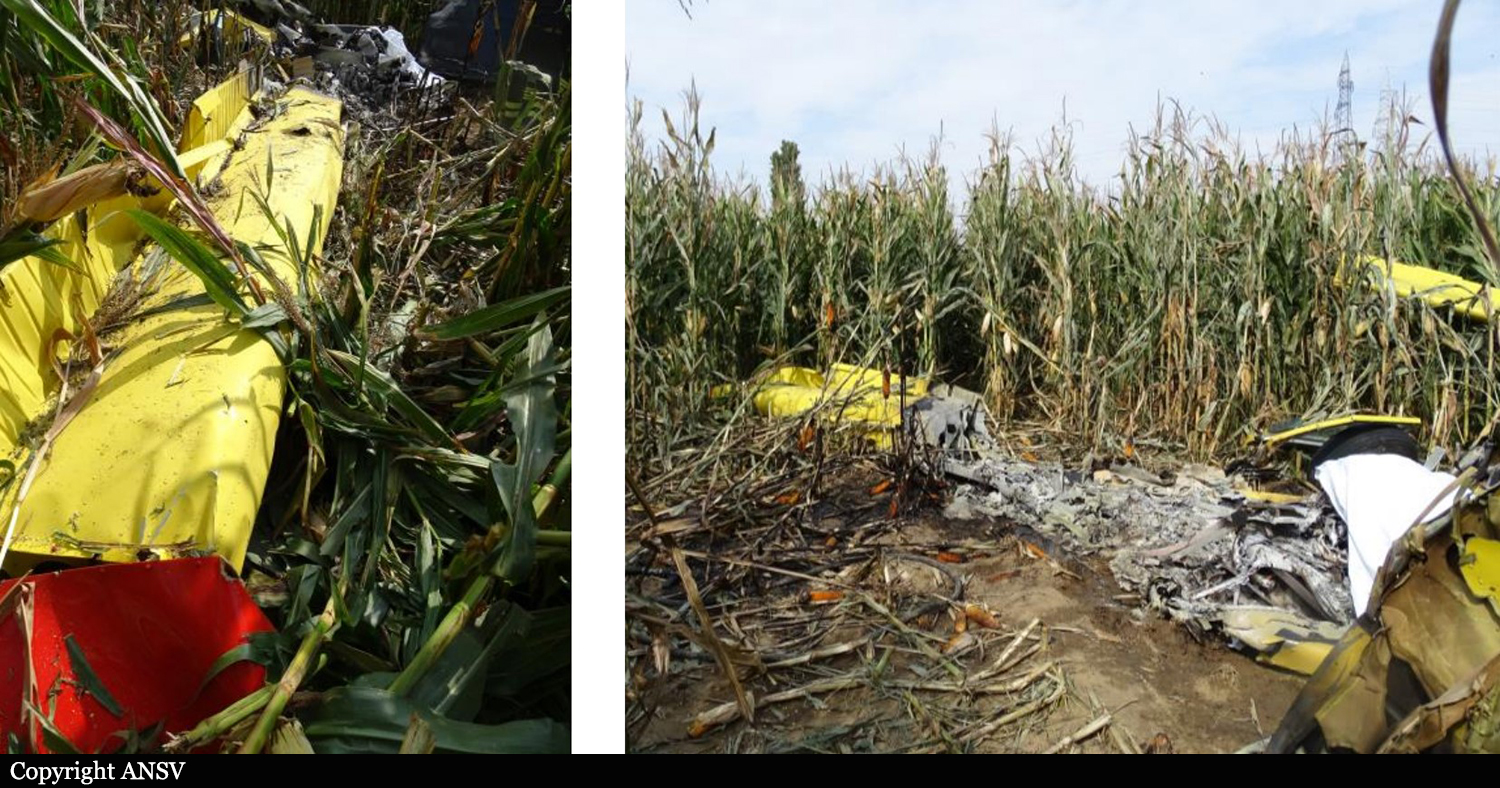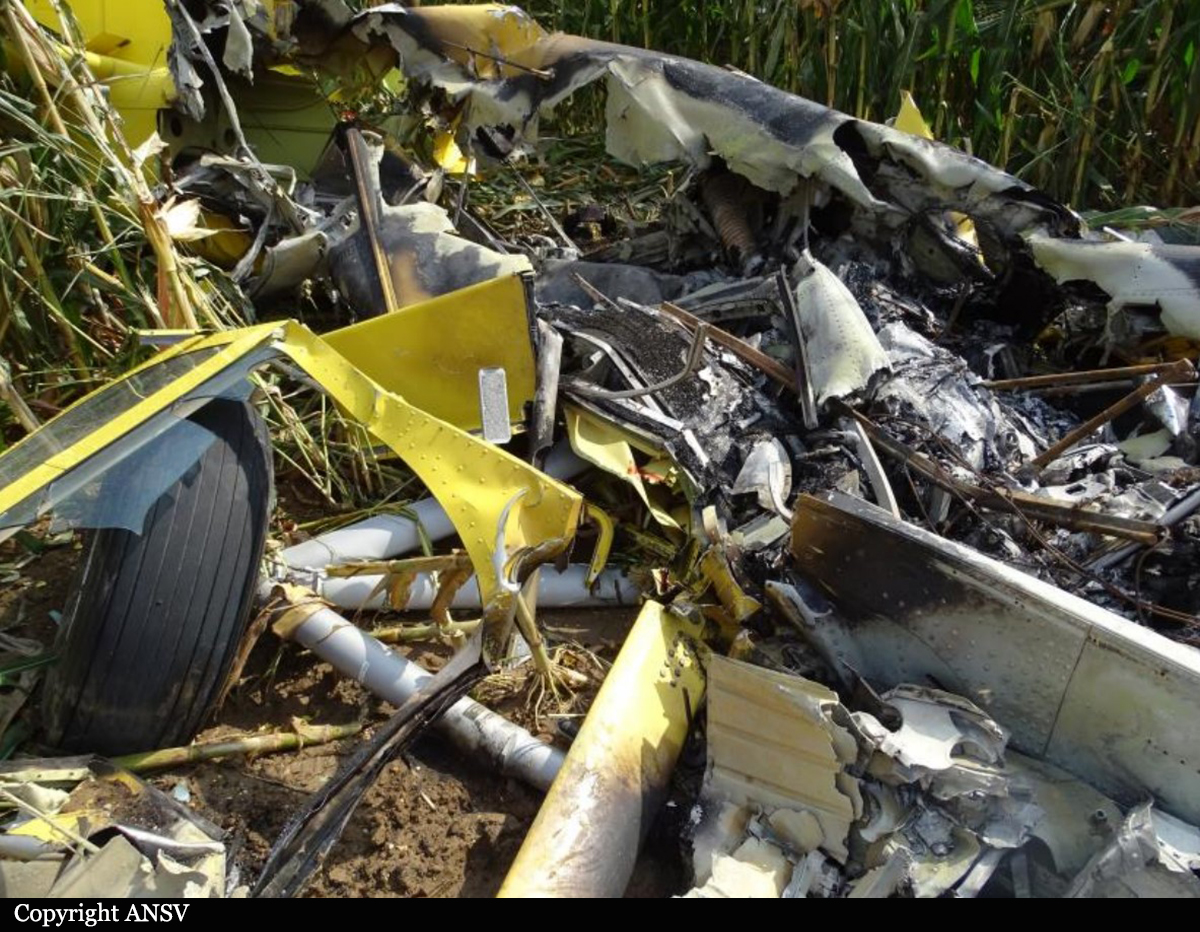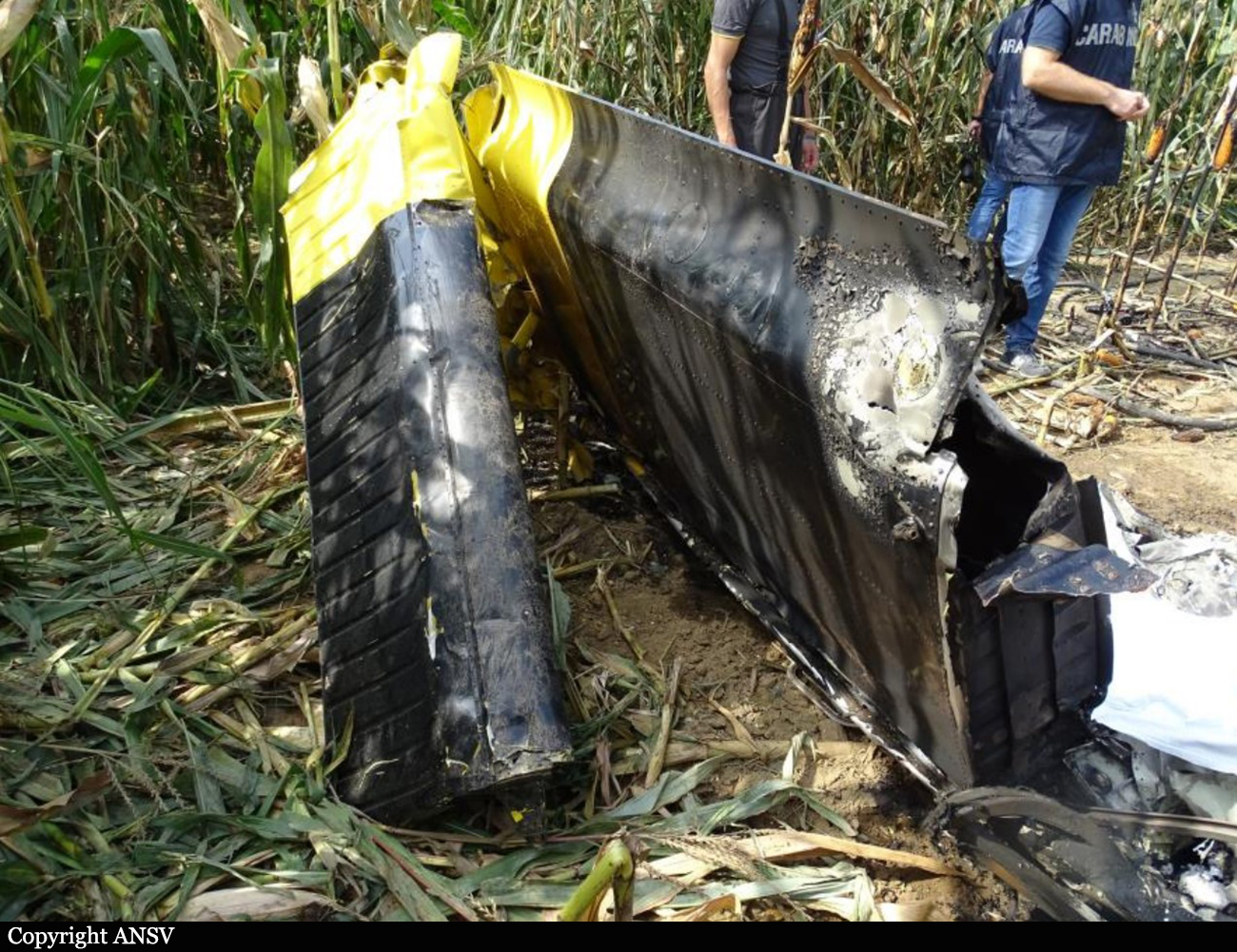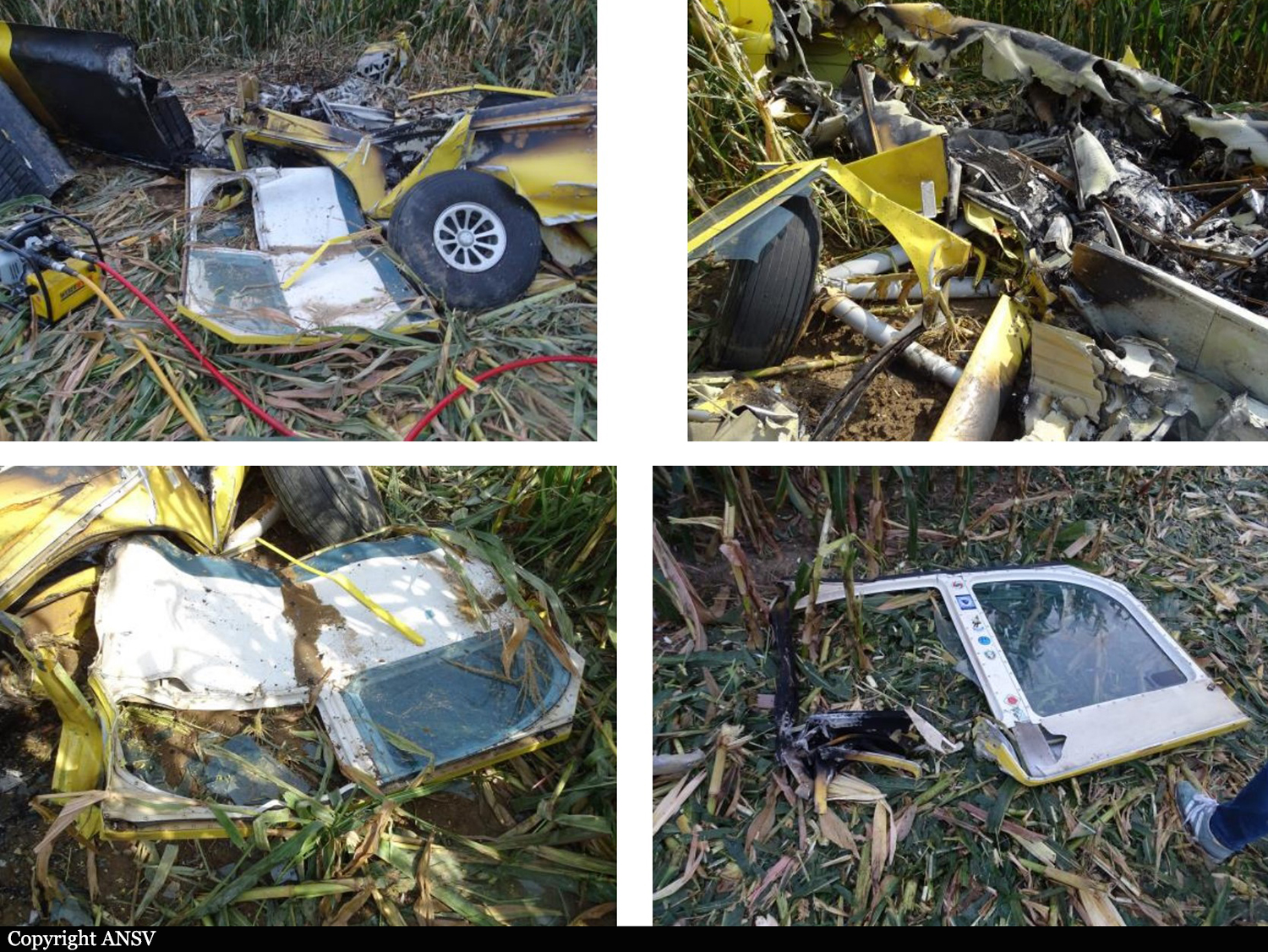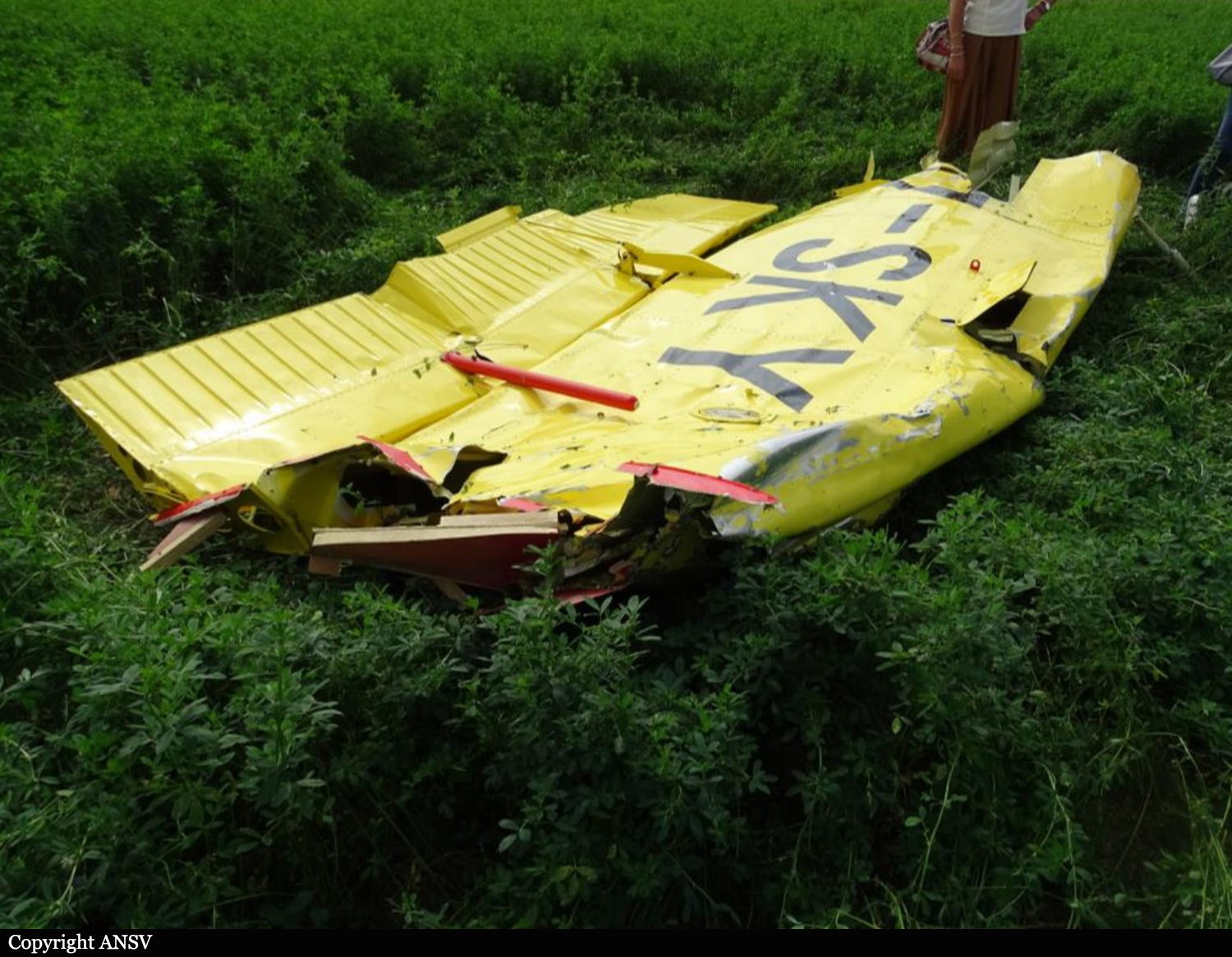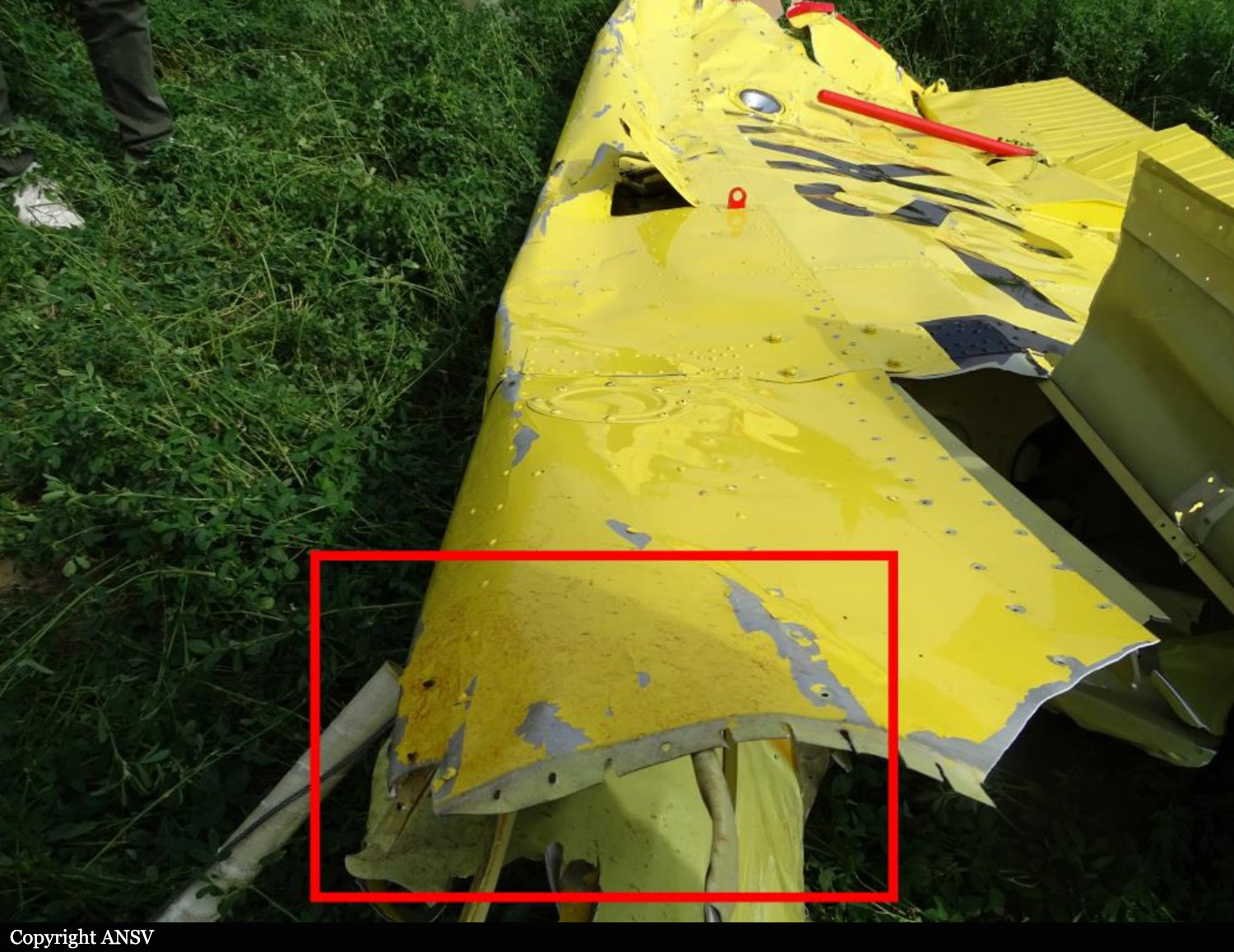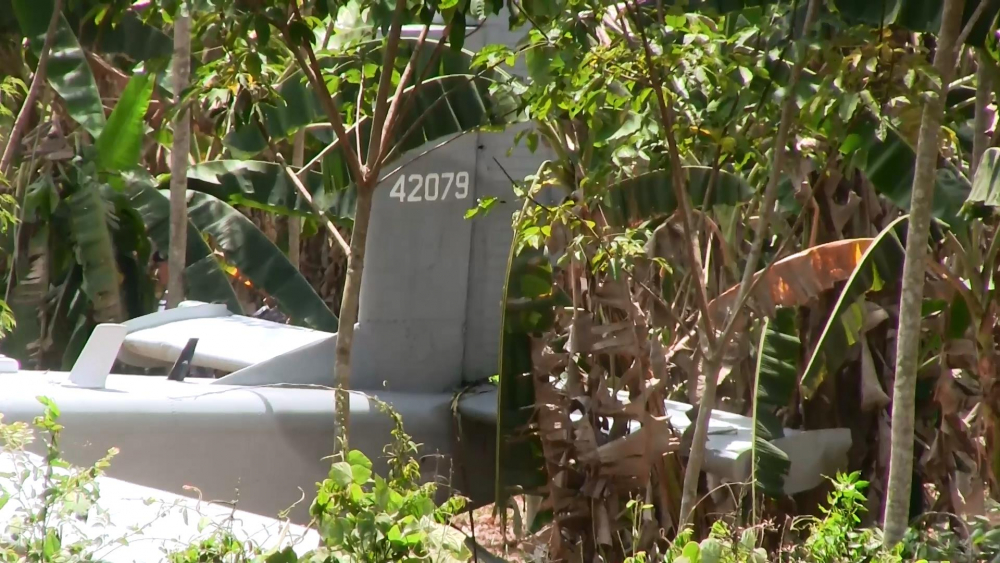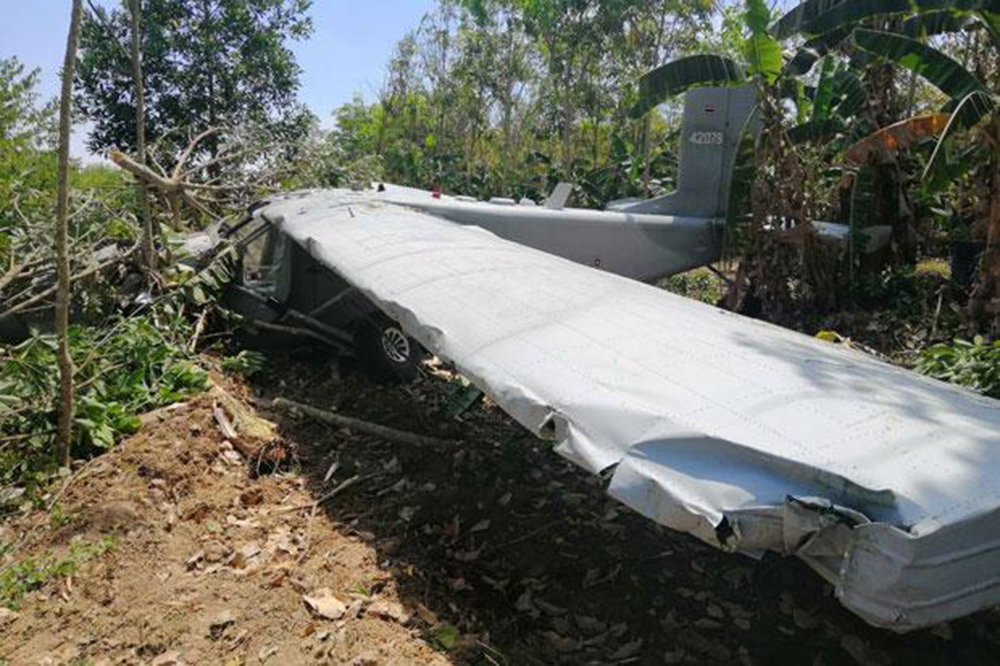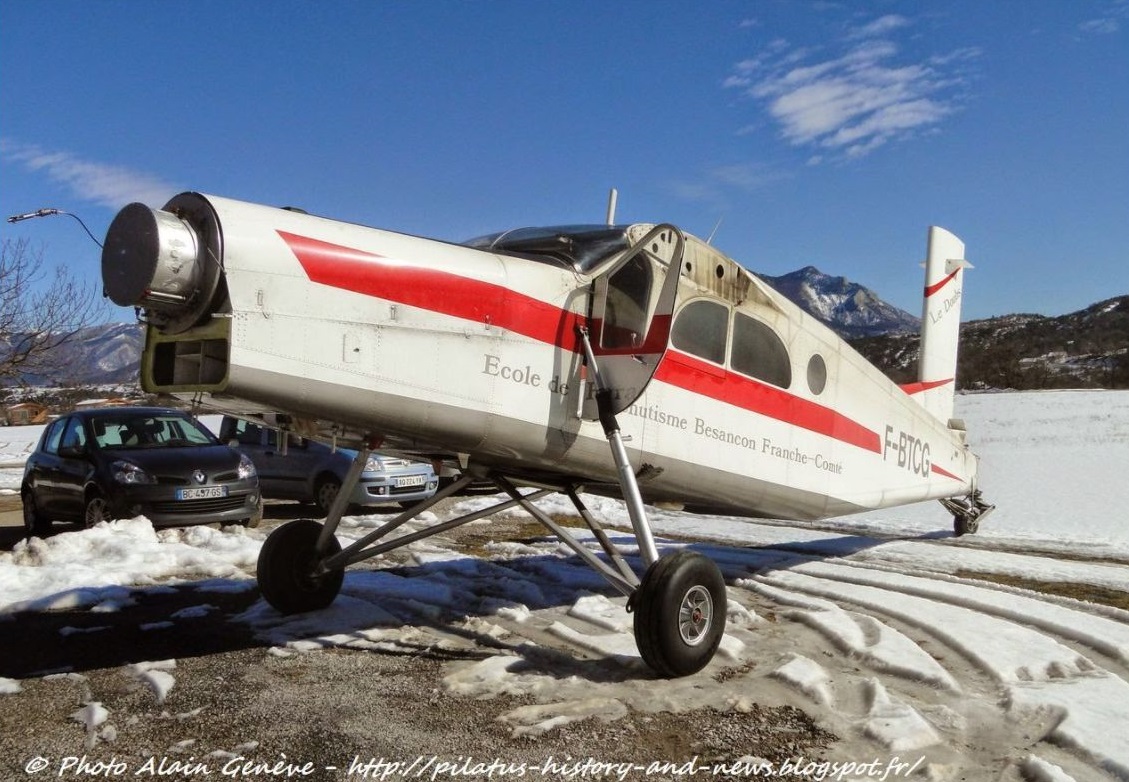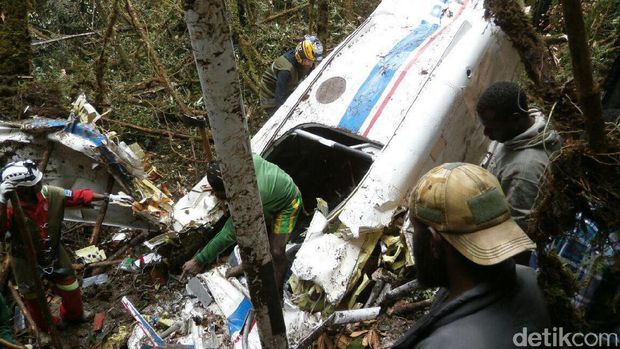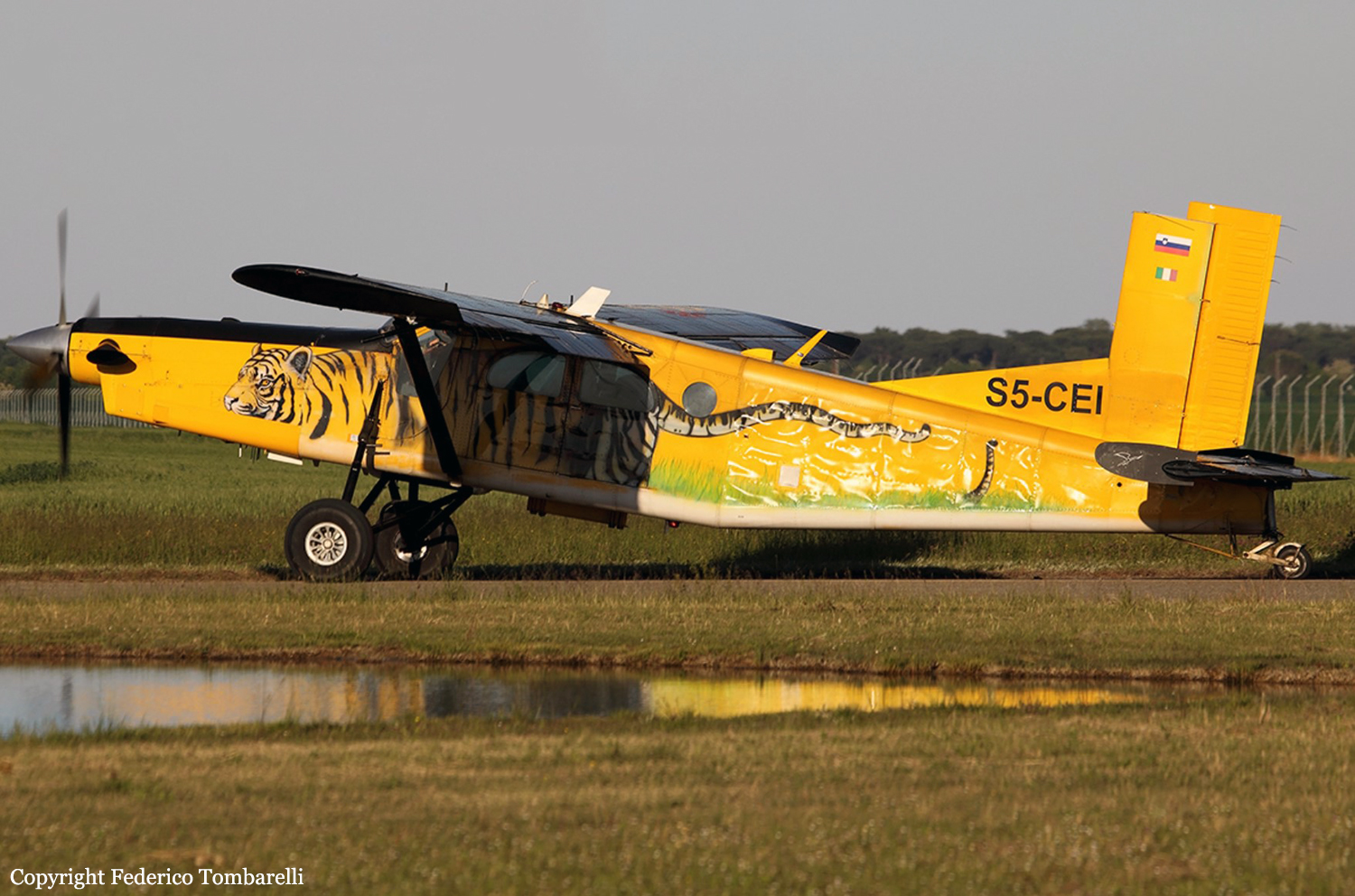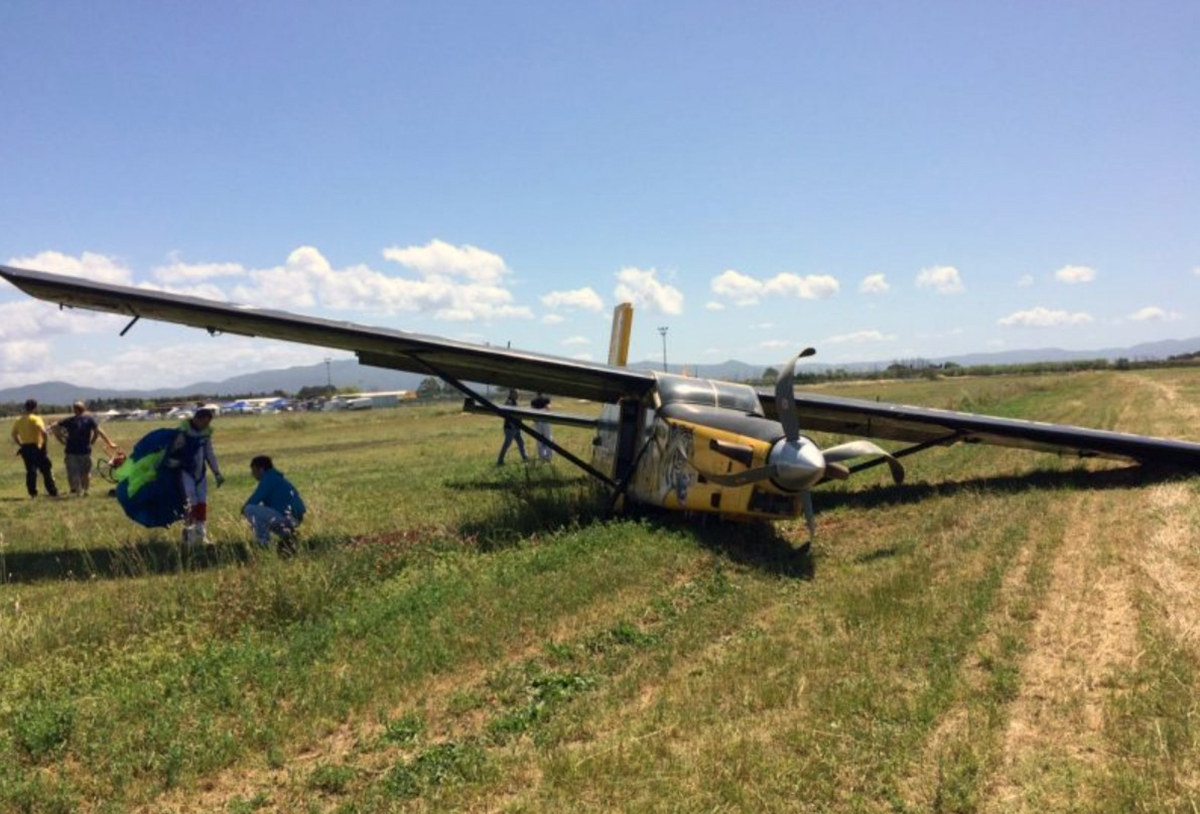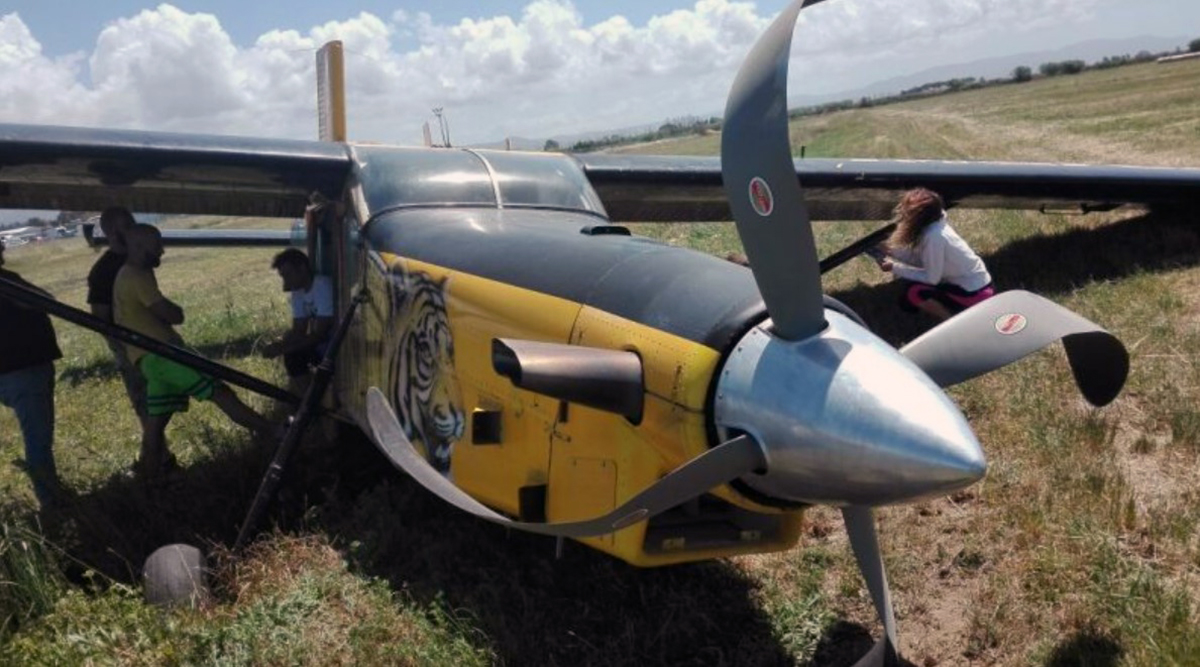Crash of a Pilatus PC-6/B2-H4 Turbo Porter in Ravenna: 2 killed
Date & Time:
May 14, 2021 at 1140 LT
Registration:
I-HSKC
Survivors:
No
Schedule:
Ravenna - Ravenna
MSN:
779
YOM:
1977
Crew on board:
2
Crew fatalities:
Pax on board:
0
Pax fatalities:
Other fatalities:
Total fatalities:
2
Circumstances:
The crew departed Ravenna-La Spreta Airport in the morning on a local training flight consisting of a licence renewal for one of the pilots. En route, in unclear circumstances, the single engine aircraft went out of control and crashed at the bottom of a building located about 1,400 metres south of the airfield. The aircraft was totally destroyed by impact forces and a post crash fire and both occupants were killed.
